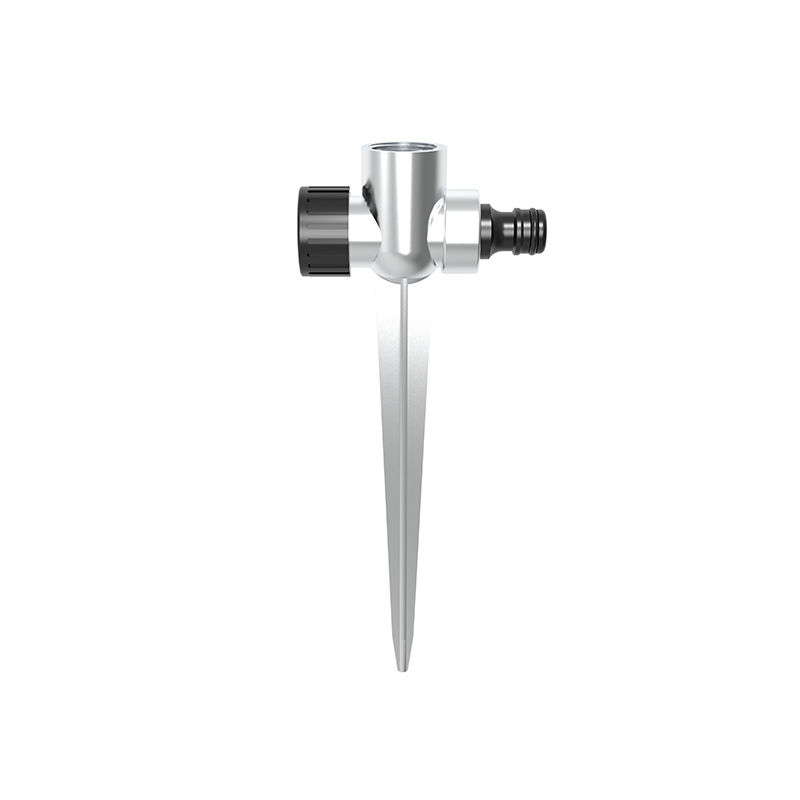- All Reserved. © 2019
- Cixi Tianshuo Industry and Trade Co., Ltd.
- Web support by : HWAQ
The drip irrigation pipe is an important irrigator in t […]
The drip irrigation pipe is an important irrigator in the drip irrigation system. According to the water requirements of the crop, the water and the nutrients needed by the crop are dripped evenly and slowly into the crop through the low-pressure pipe system and the irrigator installed on the capillary tube. Root zone soil. Under the effect of large irrigation volume of traditional furrow and border irrigation, the facility soil is subject to more erosion, compaction and erosion. If the soil is not plowed and loosened in time, it will lead to severe compaction, decreased aeration, and a certain degree of damage to the soil structure. Drip irrigation is micro-irrigation, in which water penetrates into the soil slowly and evenly, which can maintain the soil structure and form a suitable soil water, fertilizer, and thermal environment.

It is currently the most effective water-saving irrigation method in dry and water-deficient areas, and its water utilization rate can reach 95%. Drip irrigation pipe drip irrigation has a higher water-saving and yield-increasing effect than sprinkler irrigation. At the same time, it can be combined with fertilization to more than double the fertilizer efficiency. It can be used for irrigation of fruit trees, vegetables, economic crops and greenhouses, and can also be used for irrigation of field crops in drought and water shortage areas. The disadvantage is that the dripper is prone to scaling and clogging, so the water source should be strictly filtered. At present, domestically-made equipment has basically passed the customs, and regions with conditions should actively develop drip irrigation.
Overview of the 4 salient features of drip irrigation pipes
1. The pipes and drippers of drip irrigation are easy to be blocked and require high water quality, so filters must be installed;
2. Drip irrigation cannot adjust the field microclimate and is not suitable for irrigation during freezing period. Drip irrigation system cannot be used to topdress manure in vegetable irrigation.
3. The investment in drip irrigation is relatively high, and the economic benefits of crops must be considered;
4. Pay attention to pressing and compacting the mulching film when laying the drip irrigation pipe, making the mulching film as close to the drip irrigation pipe as possible, and no space is created between the mulching film and the drip irrigation pipe. Avoid the focus of sunlight through water droplets. The land should be leveled before planting to reduce the phenomenon of multiple pits and depressions in the land. Prevent soil blocks, rocks, weeds and weeds from holding up the mulching film, causing water vapor to accumulate under the mulching film to form a lens effect and burn drip irrigation pipes. When laying, the drip irrigation pipe can be buried to avoid focal burns.